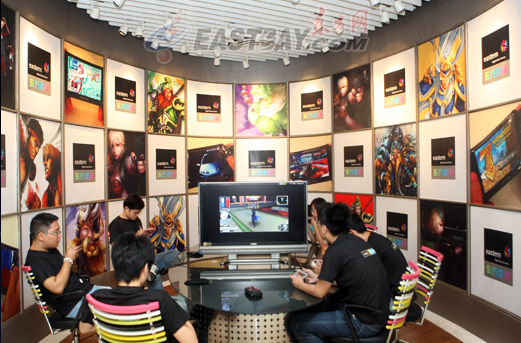Digital Culture Notes: Part Two
 Sunday, June 6, 2010 at 2:04PM
Sunday, June 6, 2010 at 2:04PM E-Books, iPads and Digital Things
Much has been made of the iPad’s possible influence on the future of reading and writing. Many of the fears about the disappearance of physical books are justified just as the worries about the future of newspapers needs to be taken very seriously. There is no doubt that we have entered an unstable period of change as various traditional forms of media shift to accommodate the impact of the Internet and digital culture in general.
However, the idea that books will disappear or that newspapers will lose their relevance because they may have to shift to devices like the iPad is naïve at best and alarmist. After all, books are really just pages and pages of discourse sometimes fictional, often not. All the genres that make up what we call the modern novel are not dependent on the physical boundaries established by traditional book production. In fact, an argument can be made that the process through which books have been brought to the attention of the reading public (ads, publicity campaigns and so on) are more in danger of dying than the books themselves. There is only one way in which books will die, and that is if we cease to speak or if we shift so dramatically to an oral culture that the written word becomes redundant.
An argument could be made that people inundated by many different forms of media expression will relegate books to the attics in their homes and in their minds. And a further argument could be made that the decline of reading has been happening for some time, if we look at the number of books sold over the last decade. There is a real danger that books and the reading public will shrink even further.
Nevertheless, my sense is that reading has morphed onto the Web and other media and that reading is more about glances and headlines than in-depth absorption of texts. We now have a multimedia space that links all manner of images with texts and vice-versa. The nature of content is shifting as are the venues in which that content can be read. The design of graphical spaces is often more important than words. Texts on the iPad can be embedded with moving images and sounds and so on, in much the same manner as we now do with web pages. However, this phantasmagoria of elements is still governed by language, discourse and expression.
Matt Richtel has an article in the New York Times that examines the interaction of all of these divergent media on users. “At home, people consume 12 hours of media a day on average, when an hour spent with, say, the Internet and TV simultaneously counts as two hours. That compares with five hours in 1960, say researchers at the University of California, San Diego. Computer users visit an average of 40 Web sites a day, according to research by RescueTime, which offers time-management tools.” Richtel suggests that the intensity of these activities and the need to multitask are rewiring the human brain. I am not able to judge whether that is true or not, but irrespective it would be foolhardy not to recognize that all of this activity increases the speed of interaction. Clearly, reading a non-fiction book is not about speed and books in general cannot be read in the same way as we read web pages, especially if we are looking at book content on mobile phones.
The same can be said for newspapers, which over the years have been designed to entice readers into reading their pages through headlines in order to slow down the tendency to glance or scan. This tells us something about the challenges of print. We tend to assume that the existence of a newspaper means that it is read. But, there has always been a problem with attention spans. Newspapers are as much about a quick read, as are web pages. Newspapers are generally read in a short time, on buses or trains — talk about multitasking.
As it turns out this is very much the same for many genres of the novel from thrillers to the millions of potboilers that people read and that are not generally counted when reference is made to the reading public. In fact, the speed of reading has accelerated over the last hundred years in large measure because of the increased amount of information that has become available and the need to keep up.
This is where e-books and the iPad come in. E-books are an amazing extension of books in general, another and important vehicle for the spread of ideas. The iPad will make it possible (if authors so desire) to extend their use of words into new realms. Remember, when the cinema was invented in 1895 among the very first comments in the British Parliament was that moving images would destroy theatre, books and music. Instead, the cinema has extended the role of all of these forms either through adaptation or integration. Writers remain integral to all media.


![Reblog this post [with Zemanta]](http://img.zemanta.com/reblog_e.png?x-id=e2ef7b67-19e0-44f4-aa98-1c9cd0fb7f44)

![Reblog this post [with Zemanta]](http://img.zemanta.com/reblog_e.png?x-id=a79be2fa-167d-4fff-8b32-f83796750368)
![Reblog this post [with Zemanta]](http://img.zemanta.com/reblog_e.png?x-id=1c841b5b-6912-4efd-a23e-64a93ad43bcc)
![Reblog this post [with Zemanta]](http://img.zemanta.com/reblog_e.png?x-id=63c1bd6c-d893-4690-8773-7ff6c68db9e4)
